Effective Email Targeting Strategies to Boost Engagement
In the bustling world of digital marketing, mastering effective email targeting tactics is vital for businesses looking to captivate their audience and boost conversions. Email marketing stands tall as a formidable weapon in a marketer’s toolkit, and fine-tuning targeted strategies can dramatically enhance the effectiveness of your campaigns. By getting to know your audience, dividing your email list into segments, customizing content, and employing sophisticated methods, you can make sure your communications strike a chord and foster significant engagement.
Diving Into Email Targeting

Email targeting refers to the process of delivering tailored email communications to specific segments of your audience based on various criteria such as demographics, behaviors, and preferences. The goal of email targeting is to send the right message to the right person at the right time, ultimately increasing engagement rates and conversion potential.
Effective email targeting begins with a deep understanding of who your audience is and what they care about. This requires thorough market research and analysis, enabling you to create detailed buyer personas that reflect your customers’ needs and interests. By recognizing the differences between various audience segments, you can develop more personalized and relevant campaigns that speak directly to the individual recipients.
Targeting email campaigns also involves leveraging data analytics to understand user behavior. By tracking how users interact with past emails, including open rates, click-through rates, and conversion statistics, you can gain valuable insights into what resonates with your audience. This data-driven approach allows you to refine your email targeting strategies continually, ensuring that your messages remain relevant and engaging.
The Importance of Email Targeting
 The importance of email targeting cannot be overstated. With an average open rate of just around 20%, sending generic emails to your entire subscriber list is unlikely to yield significant results. By employing effective targeting strategies, you can boost your open rates, click-through rates, and overall engagement levels.
The importance of email targeting cannot be overstated. With an average open rate of just around 20%, sending generic emails to your entire subscriber list is unlikely to yield significant results. By employing effective targeting strategies, you can boost your open rates, click-through rates, and overall engagement levels.
When emails are targeted correctly, they provide value to the recipient, leading to a greater likelihood of conversion. Personalized emails can create a sense of connection, making recipients feel seen and understood. This emotional resonance can have a lasting impact on customer loyalty and brand perception.
Moreover, targeted email campaigns tend to result in lower unsubscribe rates. When recipients receive content that is genuinely relevant to them, they are less likely to opt-out from your communications. This retention is essential for maintaining a healthy email list and maximizing your marketing efforts.
Common Email Targeting Mistakes to Avoid
 While honing your email targeting strategies, it’s equally important to recognize common pitfalls that can undermine your efforts. One major mistake is failing to segment your audience effectively. Sending the same message to everyone dilutes its impact and may alienate certain groups.
While honing your email targeting strategies, it’s equally important to recognize common pitfalls that can undermine your efforts. One major mistake is failing to segment your audience effectively. Sending the same message to everyone dilutes its impact and may alienate certain groups.
Additionally, neglecting to personalize emails can be detrimental. A lack of personalized elements can make your emails feel robotic and impersonal, reducing engagement. Furthermore, over-segmenting or overly complicating your targeting strategy can lead to confusion and inefficiency. It’s essential to strike a balance between thorough segmentation and simplicity.
Lastly, not regularly updating your email list can hinder your targeting effectiveness. Keeping your database clean and accurate ensures you’re reaching active subscribers and not wasting resources on disengaged individuals.
Building a Targeted Email List
Building a targeted email list is a fundamental step in executing successful email targeting strategies. The quality of your email list directly influences the effectiveness of your campaigns. Instead of solely focusing on quantity, prioritize attracting engaged subscribers who genuinely want to hear from you.
Strategies for Growing Your Email List
To grow a targeted email list, consider employing various strategies that align with your audience’s interests and behaviors.
One effective method is to offer incentives for sign-ups. Discounts, exclusive content, and free resources can entice potential subscribers to join your list. Ensure that these incentives are valuable and relevant to your target audience, as this increases the chances of attracting interested participants.
Creating engaging and informative content can also help attract new subscribers. Consider hosting webinars, creating insightful blog posts, or offering downloadable eBooks that require users to enter their email addresses to access. By providing genuine value upfront, you can build trust and encourage sign-ups.
Utilizing social media platforms to promote your email list can widen your reach. Engaging posts that highlight the benefits of subscribing can entice followers to join. Pairing social media promotions with compelling call-to-action statements can drive traffic to your email sign-up page.
Segmenting Your Audience for Better Engagement

Audience segmentation is a crucial component of building a targeted email list. By categorizing your subscribers based on specific criteria, you can tailor your messaging to meet their unique needs.
Demographic segmentation involves categorizing users based on age, gender, location, and other demographic factors. This information can inform your content strategy, allowing you to craft messages that resonate with each group.
Behavioral segmentation examines how users interact with your brand. For instance, segmenting users based on past purchase history or email engagement can lead to highly personalized communication. Users who frequently engage with your content may appreciate exclusive previews or special offers tailored to their preferences.
Psychographic segmentation focuses on understanding your audience’s attitudes, values, and lifestyles. This deeper insight enables you to create resonant messaging that aligns with your subscribers’ beliefs and motivations.
Best Practices for Data Collection and Management
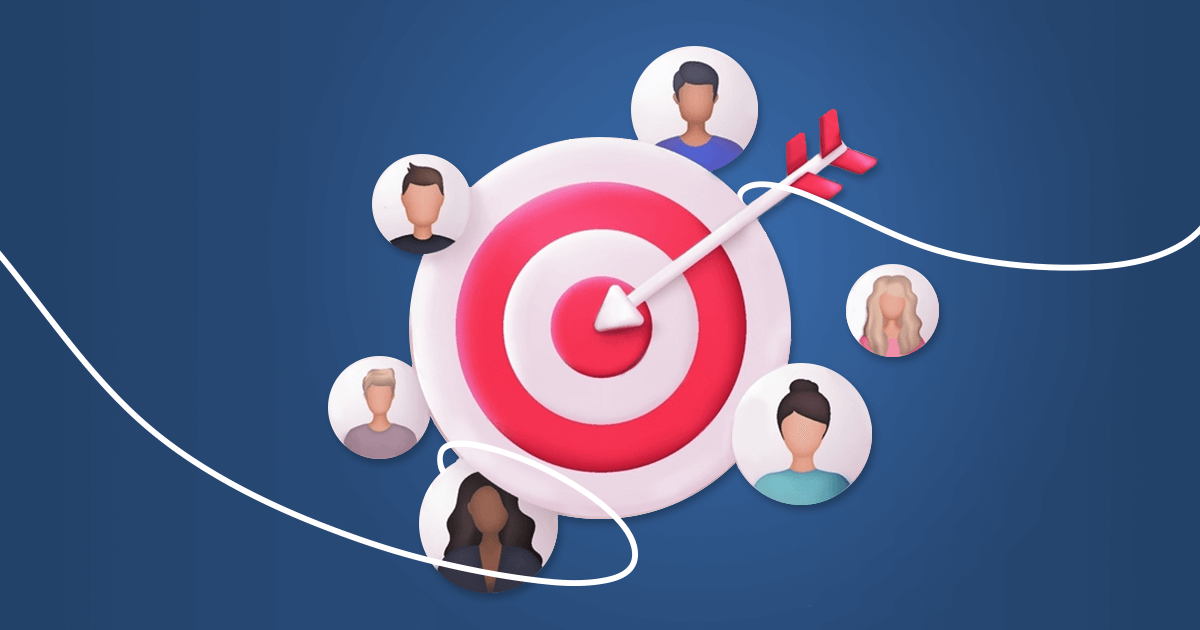
To build a targeted email list, it’s essential to prioritize best practices for data collection and management. First and foremost, ensure that your methods for gathering data comply with privacy regulations such as GDPR and CAN-SPAM. Transparency in your data collection efforts builds trust with your subscribers.
Collecting only the necessary information during the sign-up process can streamline your efforts. Asking for too much information upfront can deter potential subscribers. Instead, focus on acquiring basic details like names and email addresses initially, while allowing for additional data collection through future surveys or interactions.
Regularly cleaning and maintaining your email list is also critical. Removing inactive subscribers and invalid email addresses prevents your deliverability rates from plummeting and helps maintain a strong sender reputation. Consider implementing automated processes to identify and remove inactive users periodically.
Crafting Personalized Email Content

Crafting personalized email content is key to enhancing engagement and driving conversions. When recipients feel that your emails were created specifically for them, they are far more likely to engage with your brand.
The Importance of Personalization in Email Marketing
Personalization is much more than just using the recipient’s first name; it’s about customizing content according to unique preferences, behaviors, and traits. In an era overloaded with one-size-fits-all marketing messages, personalization can truly make your emails stand out.
Research indicates that tailored emails yield significantly improved open and click-through rates. When recipients encounter content that aligns with their interests, they are more likely to engage. Furthermore, crafting precise messages can enhance customer relationships, as people appreciate brands dedicated to understanding their desires.
It’s essential to ensure that personalization comes off as smooth and organic. Excessive or overly intrusive personalization might feel uncomfortable or unwelcome. Finding the right balance is vital to uphold a positive brand image while utilizing personalization to enrich the user experience.
Strategies for Crafting Custom Messages
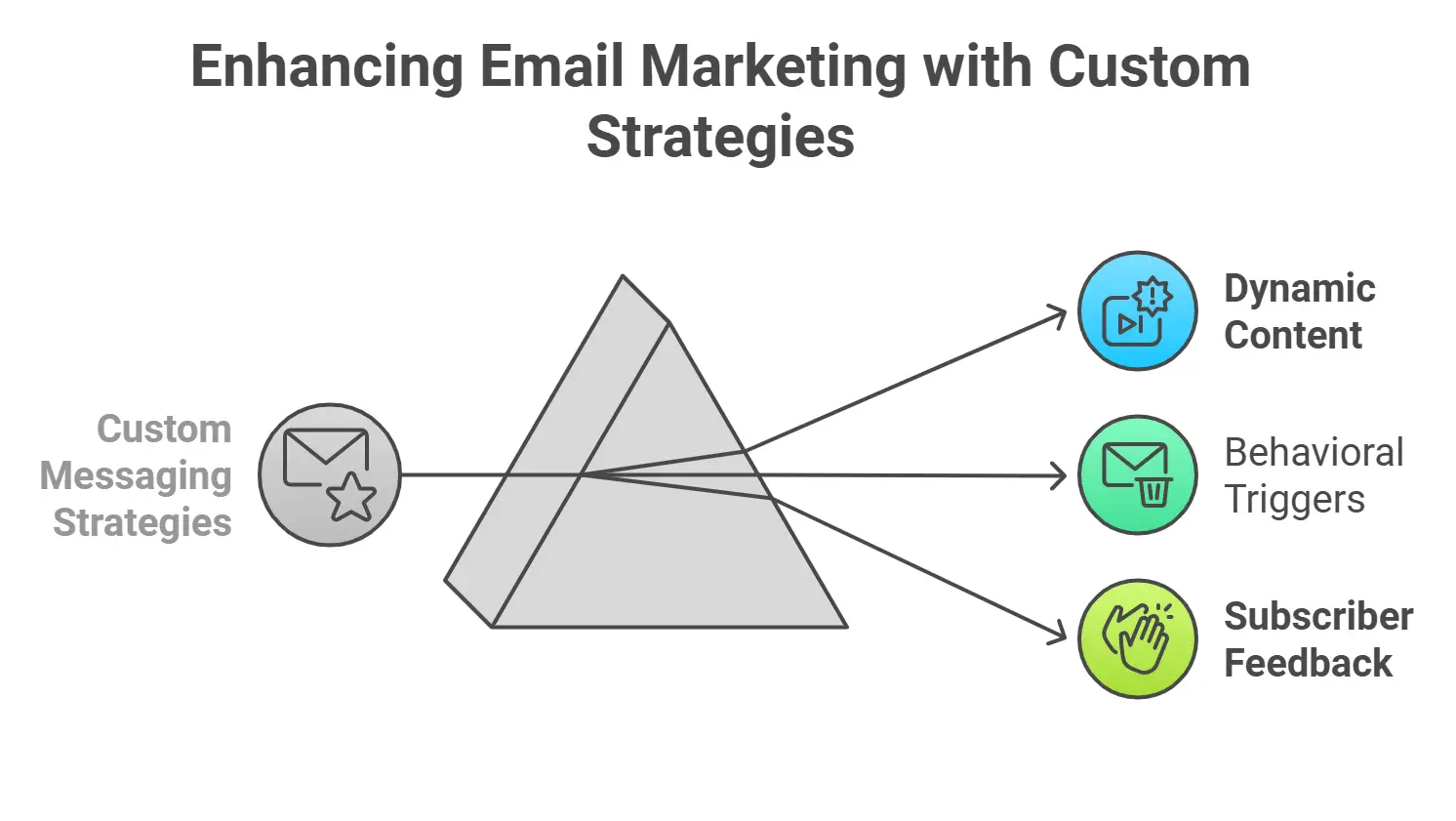 There are numerous strategies you can employ to develop custom messages that resonate with your audience. One powerful tactic is harnessing dynamic content driven by subscriber behavior. For instance, if a user has previously expressed interest in certain products, highlighting similar ones in follow-up emails can boost relevance.
There are numerous strategies you can employ to develop custom messages that resonate with your audience. One powerful tactic is harnessing dynamic content driven by subscriber behavior. For instance, if a user has previously expressed interest in certain products, highlighting similar ones in follow-up emails can boost relevance.
Another approach is to utilize behavioral triggers. Automated emails tailored to user actions, like reminders for abandoned carts or follow-ups after purchases, can deliver timely content that encourages interaction.
Conducting frequent surveys and inviting feedback provides direct insight into what your audience seeks. By actively engaging subscribers, you can adjust your email content to meet their needs and preferences, fostering a sense of community around your brand.
Enhancing Relevance Through Dynamic Content
Dynamic content elevates personalization by allowing varied content to be displayed within the same email based on recipient attributes. For example, a fashion retailer could feature male-focused items to male customers while showcasing female-specific items to female clients in the same campaign.
This method enables the creation of hyper-relevant emails catering to different audience segments without sacrificing quality. Implementing dynamic content requires a robust email marketing platform that facilitates segmentation and allows content variations grounded in user data.
Moreover, dynamic content can transcend product recommendations. Think about rotating headlines, images, and calls-to-action depending on user inclinations. This creates a captivating experience for recipients and encourages increased engagement.
Implementing Advanced Targeting Techniques
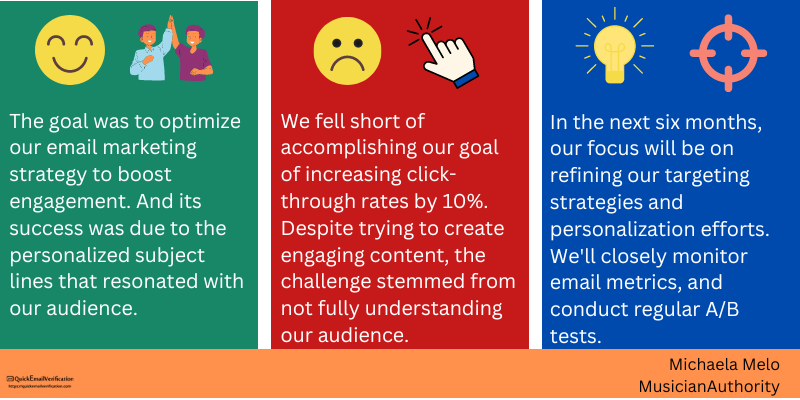
As the landscape of email marketing evolves, so do the opportunities for implementing advanced targeting techniques. These methods go beyond traditional segmentation and allow marketers to employ sophisticated strategies that maximize engagement.
Behavioral Targeting
Behavioral targeting encompasses analyzing user actions, such as website visits, email clicks, and social media interactions, and using this data to inform your email strategy. By monitoring user behavior, you can send highly relevant emails that align with their current stage in the customer journey.
For instance, consider creating re-engagement campaigns for subscribers who haven’t opened your emails in a while. Craft messages that address their absence and offer incentives to rekindle their interest. On the flip side, users who frequently engage with your content might benefit from exclusive updates or early-bird notifications for upcoming sales.
Utilizing A/B testing in conjunction with behavioral targeting can further optimize your efforts. Testing different subject lines, content styles, and sending times can reveal what resonates best with specific audience segments, enabling you to fine-tune your approach.
Geo-targeting
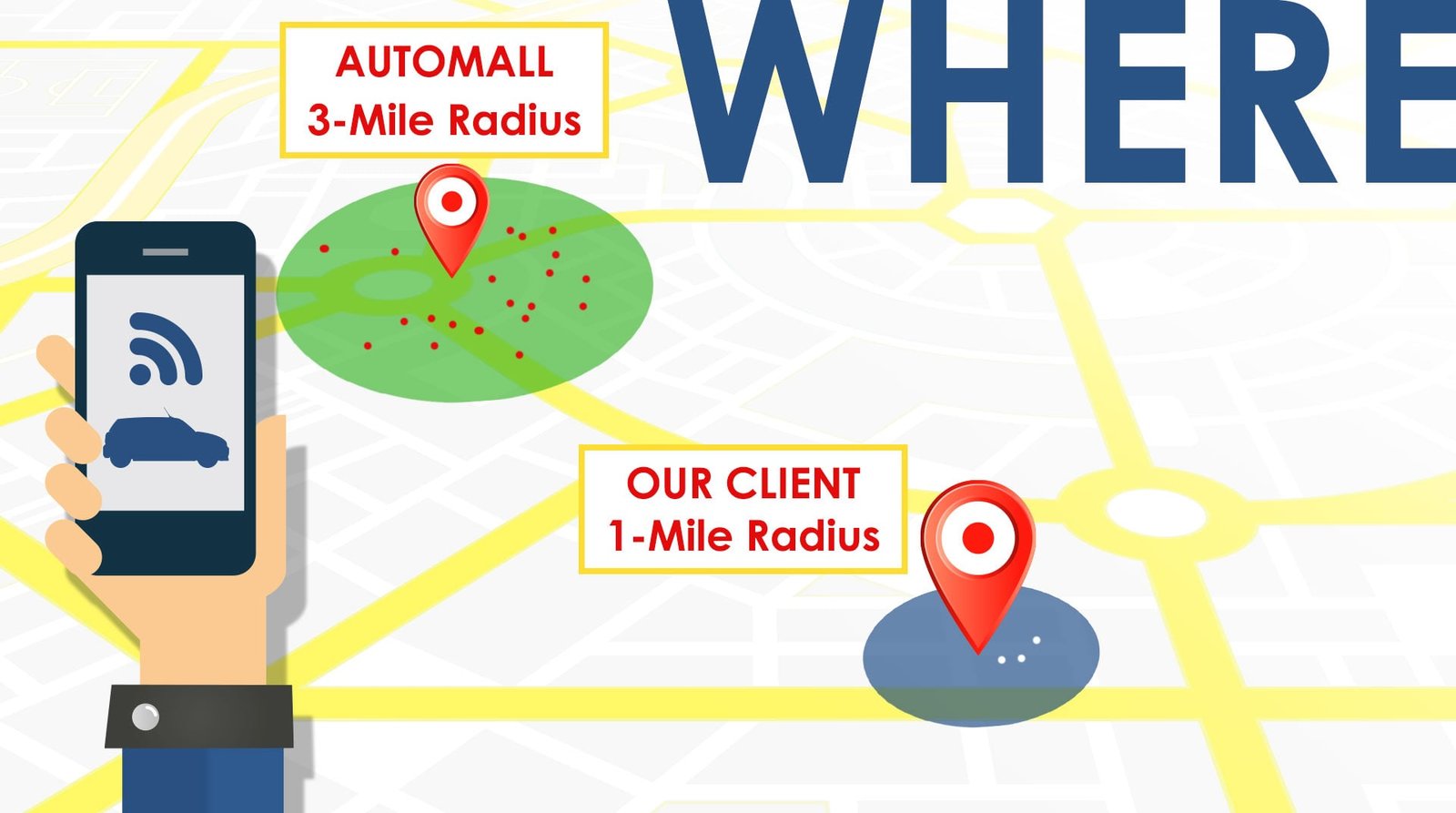
Geo-targeting allows you to segment your audience based on geographical location. This technique can be particularly effective for businesses with multiple locations or those whose products/services are location-dependent.
By tailoring your email campaigns to specific regions, you can highlight localized promotions, events, or services. This sense of locality fosters a stronger connection between your brand and the community, leading to higher engagement levels.
For example, if you’re running a store opening in a new city, geo-targeting can ensure that residents in that area are made aware of the event. Highlighting local promotions can incentivize participation and drive foot traffic to your store.
Predictive Analytics
Predictive analytics uses historical data to forecast future outcomes and trends. By implementing predictive models, you can better anticipate customer behavior and preferences, allowing you to refine your email targeting strategies.
For instance, if data indicates that certain customers are likely to buy again within a specific timeframe after their last purchase, you can initiate targeted follow-up campaigns to catch them at the perfect moment.
Utilizing machine learning algorithms can further enhance predictive capabilities, automatically adjusting your email strategies based on real-time data. Integrating predictive analytics into your email targeting efforts positions you to respond proactively to customer needs, strengthening loyalty and boosting conversions.
Analyzing and Optimizing Your Email Campaigns
No email marketing strategy is complete without consistent analysis and optimization. Understanding how your campaigns perform is vital to refining your email targeting strategies and ensuring continued success.
Key Metrics to Monitor
Monitoring key metrics provides invaluable insights into your email campaign’s performance. Open rates indicate the percentage of recipients who opened your email, while click-through rates measure engagement with links and calls to action. These metrics serve as fundamental indicators of your content’s effectiveness.
Conversion rates, the ultimate goal of most campaigns, reveal how many recipients took the desired action, such as making a purchase or signing up for a webinar. Monitoring bounce rates and unsubscribe rates can also inform your targeting strategies; high rates may necessitate adjustments to your messaging or audience segmentation.
Conducting A/B Testing
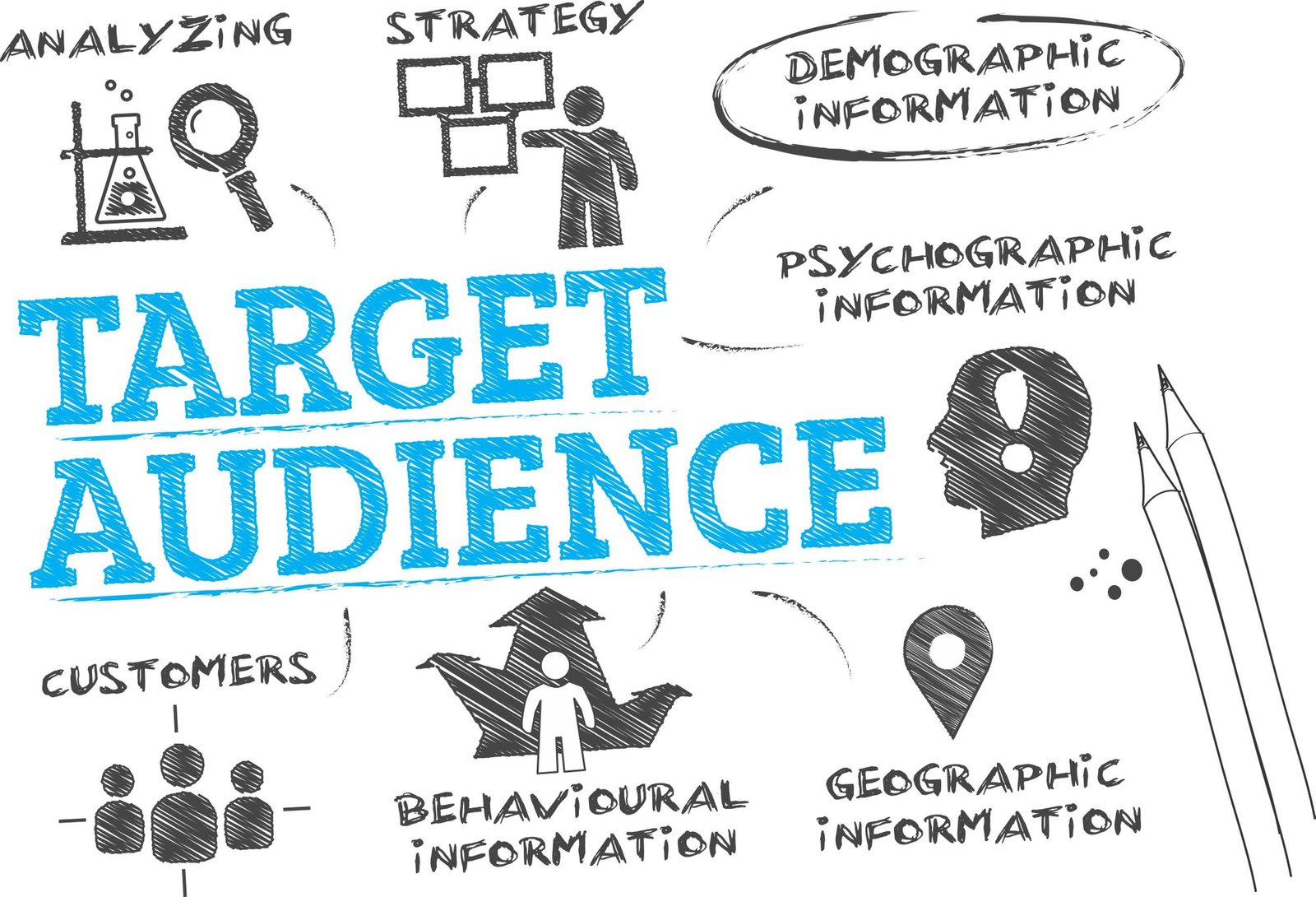
A/B testing allows you to experiment with different email variations to determine which performs best. By testing elements such as subject lines, content layouts, CTAs, and sending times, you can gather data that reveals what resonates with your audience.
It’s important to test one element at a time to isolate variables accurately. For instance, if you’re testing subject lines, ensure that all other components of the email remain constant. This methodical approach will yield clear insights for your optimization efforts.
After collecting data from your tests, analyze the results to inform your future campaigns. Continuous testing and refinement can lead to incremental improvements that compound over time, resulting in higher engagement and conversions.
Feedback Loops and Ongoing Improvements
Incorporating feedback loops is essential for ongoing email campaign optimization. Soliciting feedback from subscribers through surveys or feedback requests can provide direct insights into their preferences and pain points.
Listening to your audience demonstrates that you value their opinions and are committed to providing relevant content. Use this input to inform your email targeting strategies and ensure your messaging resonates with their needs.
Furthermore, regularly reviewing your data and performance metrics allows you to identify patterns and trends. Staying adaptable and responsive to changes in consumer behavior ensures that your email marketing efforts remain effective and aligned with your audience.
Wrapping It Up
Harnessing the right email targeting tactics is crucial for companies aiming to boost engagement and fuel conversions. By gaining insights into your audience, creating a niche email list, developing tailored content, and utilizing innovative methods, you can craft email campaigns that resonate deeply and motivate action.
Keep in mind that email marketing isn’t a one-size-fits-all solution. Continuous evaluation, experimentation, and flexibility will enable you to fine-tune your strategies and attain peak performance. Embrace the art of targeted email marketing, and witness how your endeavors transform into significant connections with your audience and remarkable business expansion.




